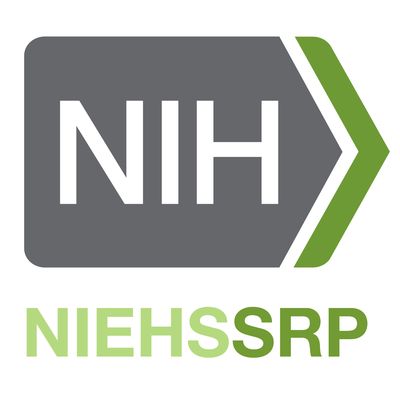Collaborative Cross Mice Can Fill Data Gaps in Risk Assessment
NIEHS Superfund Research Program (SRP) grantees showed how the Collaborative Cross (CC) mouse model, which uses genetically diverse mice to capture over 90% of known mouse genetic variations, can account for individual differences in susceptibility to environmental chemicals. Led by Ivan Rusyn, M.D., Ph.D., director of the Texas A&M University SRP Center, researchers measured variability in kidney toxicity and metabolism in CC mice after exposing them to tetrachloroethylene (PERC).
